I recall back in 1990’s reading The 7 Habits of Highly Effective People (1989) and consecutively  completing a Franklin Covey Planning workshop. I had felt that I was “Covey Ready” to begin my journey into educational leadership. Stephen Covey taught us to be more effective in accomplishing our goals by aligning ourselves to the principles of “true north”. Covey described “Ture North” as a moral and ethical compass that is timeless and foundational to a leader’s character. With book and planner in hand and my brain busting with new information, I felt that I was well-prepared.
completing a Franklin Covey Planning workshop. I had felt that I was “Covey Ready” to begin my journey into educational leadership. Stephen Covey taught us to be more effective in accomplishing our goals by aligning ourselves to the principles of “true north”. Covey described “Ture North” as a moral and ethical compass that is timeless and foundational to a leader’s character. With book and planner in hand and my brain busting with new information, I felt that I was well-prepared.
I am a regular podcast-“er” which is sometimes good and sometimes not-so-good. By that I mean that sometimes I get tired of pouring “knowledge” in and take the occasional daily break with “junk food” for the brain. This typically equivalates to the occasional stand-up comedy or pop-culture podcast.
I did take the time to listen to Stephen Covey podcast and other recommended leadership audio tutorials. When The 7 Habits for Highly Effective Teens (Sean Covey, 1998) came out on the local bookshelves I purchased a class set for the entrepreneurship program I taught.
As you can tell I was a true advocate for the teachings of Stephen Covey.
When our Fellowship Group was given the charge of choosing a book about leadership I had originally chosen “The Life Code” by Dr. Phil McGraw. I appreciated this reading but felt I needed to find something that better aligned to my own journey into leadership. That is when I decided to do some googling which lead me back to over a dozen selections from Stephen R. Covey. After browsing through the various titles and summaries I landed on The 8th Habit From Effectiveness and Greatness (2001).
Covey describes the 8th Habit as:
“…the most important vision of all is to develop a sense of self, a sense of your own destiny, a sense of your unique mission and role in life, a sense of purpose and meaning”.
In alignment with this is one of my favorite Dr. Phil McGraw’s quotes:
“If you don’t know who you are and someone comes to tell you who you are, there’s nothing for them to compete with.”
It’s about knowing “self”. Knowing your mission, role, and a sense of destiny. The 8th Habit is defining what that sense of self is. It’s also about defining your purpose and your meaning. Covey suggests that it takes profound personal reflection and asking deep questions to yourself.
In Chapter 5 Covey provides a visual interpretation on this 8th element with a segmented circle with passion, vision and discipline circling the inside of portion of the word “Conscience”.
In regard to the conscience Covey quotes Gandhi’s teachings about what will destroy us:
- Wealth without work
- Pleasure without conscience
- Knowledge without character
- Commerce without morality
- Science without humanity
- Worship without sacrifice
- Politics without principle
These points are reflective of gifts that are falsely gained.
However, “…When people strive to live by their conscience, it produces integrity and peace of mind”, author J.H. Boetcker.
Covey explains what he calls “The 4 Roles’ model. In a five-year study called the “Evergreen Project” more than 200 well-established management practices as they were employed by over 160 companies over a 10 year period. They concluded that companies that outperformed their industry peers excelled at four primary management practices:
- Strategy -Devise and maintain a clearly stated, focused strategy.
- Execution – Develop and maintain flawless operation execution.
- Culture – Develop and maintain a performance-oriented culture.
- Structure – Build and maintain a fast, flexible, flat organization.
In summary the 8th Habit is finding your voice and inspiring others to find theirs.
If I had to define my own voice, I would use the 4 components with each being titled the same as Covey’s.
- Passion – my passion is to enrich the lives of others by providing information and guidance that can help direct their futures. To assist companies in workforce development strategies that can build communities, increase local pools of talent and therefore provide workers with an increased sense of being valued.
- Vision – my vision is to develop industry tools that can assist educators and businesses to begin moving at a more aligned “speed” as well as being able to utilize a common language. I also believe that understanding one another’s barriers and opportunities will bring these two entities together and authentically understanding all needs of all stakeholders. My vision is also to develop a communication tool that can reach families and students to channel authentic and unbiased information to them that they can base their decision making on.
- Discipline – the way that I demonstrate discipline in my life is both professional and personal. Personally, I see to it everyday that I have these daily habits:
- I drink a bottle of water every morning when I first get up.
- I do some form of a workout everyday for a minimum of 30 minutes.
- I eat a salad every day.
- I drink 4 bottles of water (min.) every day.
- I avoid sugar, red meat and pork.
- I speak with my son every day.
- I list 3 things I am grateful for every day.
- Point out the positive in others.
- Reach out to one friend a day to let them know I am here for them.
- Have a personal conversation with our creator.
Professionally I see to it everyday that I have these daily habits:
- Respond to all emails and phone calls within a 24-hour period.
- Acknowledge a co-worker/colleague for a job well done.
Professionally I am working to become more disciplined:
- Read one professional development book a month.
- Focus on one professional and one personal topic each month.
- Decrease social media time.
- Conscious – the heart of it all. I feel that the most important act that I can submerge myself in is to role model for others that are around me. Integrity and self-value come through the peace of mind that is attained through a “clean” conscious.
As my own personal role model Dr. Phil McGraw says:
“…Those who have nothing to hide, hide nothing.”
I am not certain that I am an authentic model of this theory, but I do feel that my morals, values and ethics do drive my decision making and hope that it will have an even bigger impact in my future as a professional leader.
![]() general but specifically for CTE with all its hands-on courses. My district’s schools started to be out one day before Spring Break, which was during the week of March 16. We are going to be out for a total of five weeks of missed instructional time – until April 24 if it is not going to be extended.
general but specifically for CTE with all its hands-on courses. My district’s schools started to be out one day before Spring Break, which was during the week of March 16. We are going to be out for a total of five weeks of missed instructional time – until April 24 if it is not going to be extended.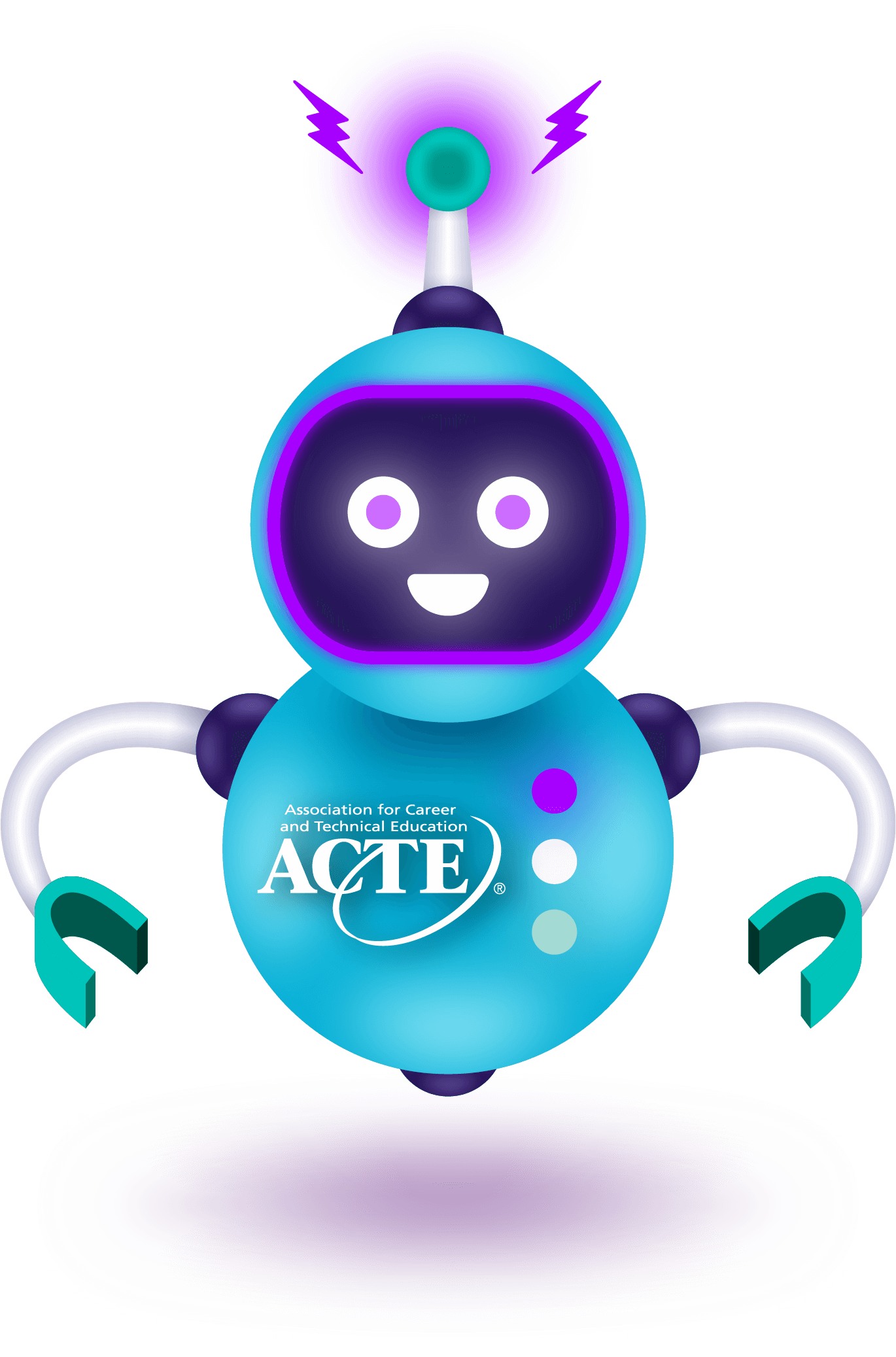
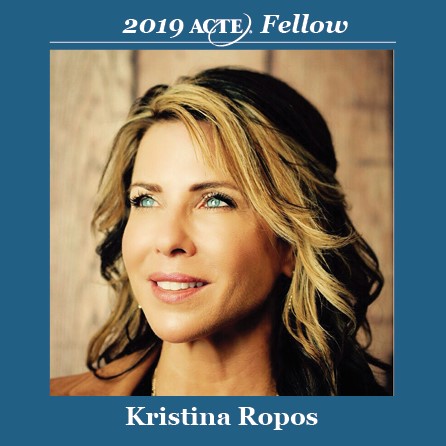
 completing a Franklin Covey Planning workshop. I had felt that I was “Covey Ready” to begin my journey into educational leadership. Stephen Covey taught us to be more effective in accomplishing our goals by aligning ourselves to the principles of “true north”. Covey described “Ture North” as a moral and ethical compass that is timeless and foundational to a leader’s character. With book and planner in hand and my brain busting with new information, I felt that I was well-prepared.
completing a Franklin Covey Planning workshop. I had felt that I was “Covey Ready” to begin my journey into educational leadership. Stephen Covey taught us to be more effective in accomplishing our goals by aligning ourselves to the principles of “true north”. Covey described “Ture North” as a moral and ethical compass that is timeless and foundational to a leader’s character. With book and planner in hand and my brain busting with new information, I felt that I was well-prepared.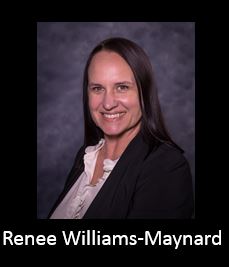
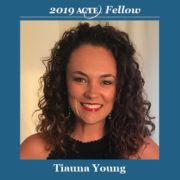 mentor that not only helped me get my school-based enterprise up and running, but advocated for Career and Technical Education and persuading me to be an ACTE member. It did not take much after learning how much CTE does for our students and their futures.
mentor that not only helped me get my school-based enterprise up and running, but advocated for Career and Technical Education and persuading me to be an ACTE member. It did not take much after learning how much CTE does for our students and their futures.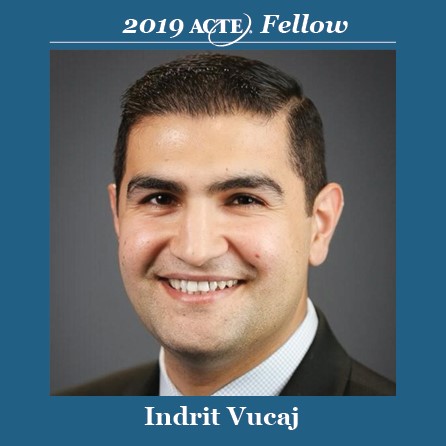
 Recently, equity issues have taken precedence in career and technology education (CTE) campuses to provide and support students in equitable manners. Educational equality means providing the same amount of resources and support regardless of their learning needs. Educational equity refers to the ability of providing resources and support based on individual needs. This discernment becomes even more relevant when using technology with student population who may or may not have easily available access to the internet. Moreover, teachers realize that equity issues often meet students’ needs more accurately and a variety of sources are use continuously to close the achievement gap. Thus, current reality is equitable access to technology of teachers and students, especially those dependent on improper funding methods. The duty of an educational leader is to develop an equitable strategy to help access technology and resources for teachers and students alike to close the achievement gap. Some of these strategies are discussed the following.
Recently, equity issues have taken precedence in career and technology education (CTE) campuses to provide and support students in equitable manners. Educational equality means providing the same amount of resources and support regardless of their learning needs. Educational equity refers to the ability of providing resources and support based on individual needs. This discernment becomes even more relevant when using technology with student population who may or may not have easily available access to the internet. Moreover, teachers realize that equity issues often meet students’ needs more accurately and a variety of sources are use continuously to close the achievement gap. Thus, current reality is equitable access to technology of teachers and students, especially those dependent on improper funding methods. The duty of an educational leader is to develop an equitable strategy to help access technology and resources for teachers and students alike to close the achievement gap. Some of these strategies are discussed the following.





